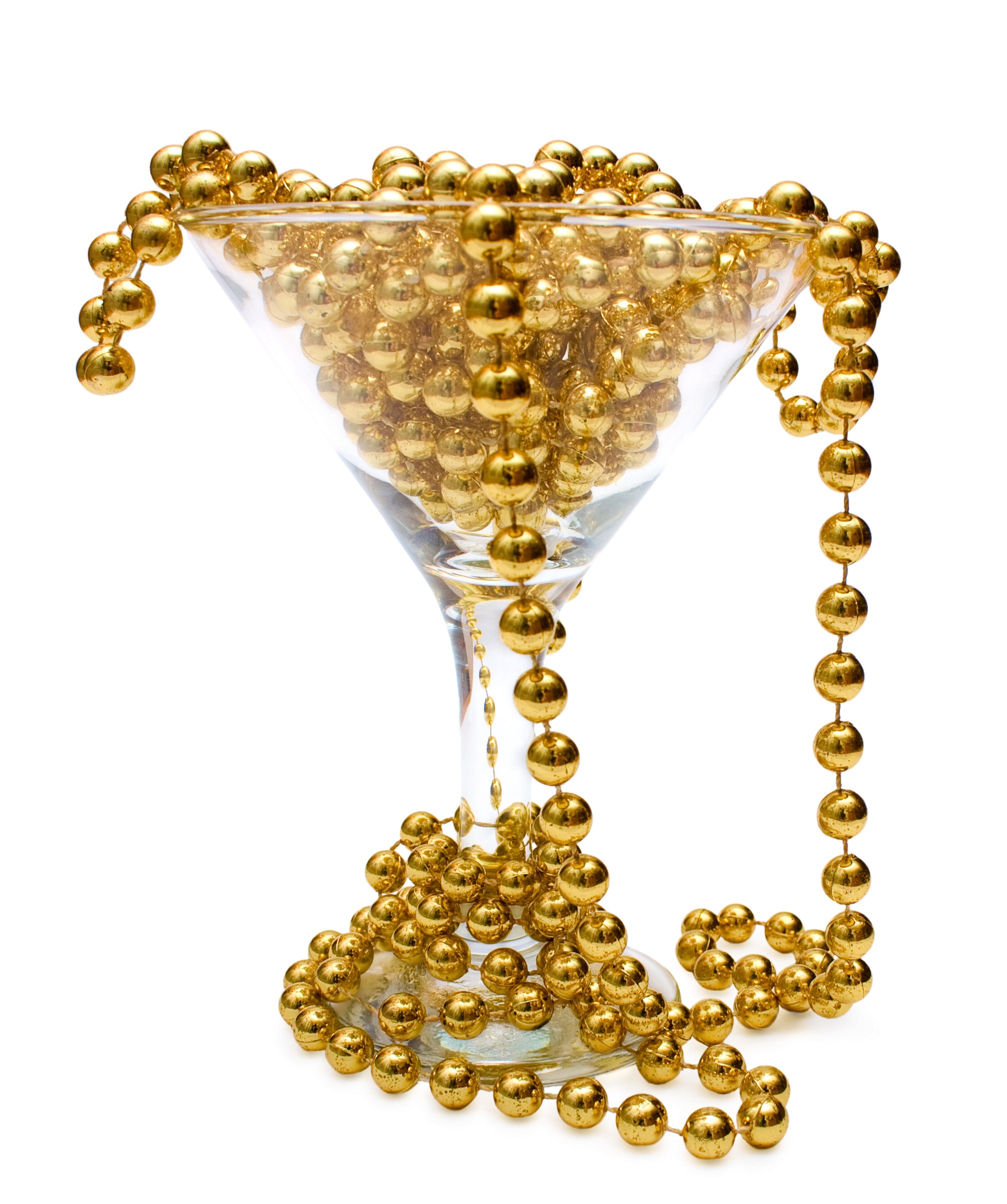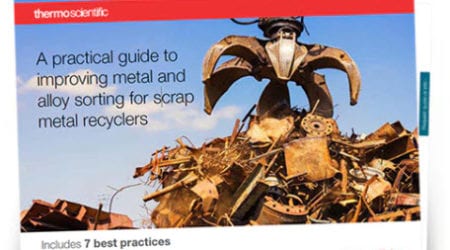 I read on social media recently that there was a problem with fake gold beads. A pawn shop owner described how a customer came into the store with two sets of “gold” bead necklaces she wanted to sell. The customer told the owner that they were a gift from her grandmother for her brother’s wedding. Both she and her sister were given the necklaces to wear at the wedding, so she no longer needed them.
I read on social media recently that there was a problem with fake gold beads. A pawn shop owner described how a customer came into the store with two sets of “gold” bead necklaces she wanted to sell. The customer told the owner that they were a gift from her grandmother for her brother’s wedding. Both she and her sister were given the necklaces to wear at the wedding, so she no longer needed them.
Don’t rely on magnets
The beads looked real, but of course the owner wanted to verify the gold first. He brought out his rare-earth magnets – which are incredibly strong – to see if the beads would stick to them. Gold is not a magnetic metal, so if they pull towards the magnet, the beads are fake. However, if they don’t react to the magnet, it doesn’t necessarily mean they are real, as non-magnetic metals are used in counterfeit pieces as well. Good news….The strand of beads did not stick.
As any good pawn shop owner would do, he did not rely only on the magnet for verification. He performed a second test using harsh chemicals. After getting permission from the customer, the owner assessed the necklace by performing the acid test, a messy but traditional method of testing gold. A drop of nitric acid is put on the gold and one must watch for any resulting reaction to the acid. If the gold is the same karat or higher than the test acid, it will not react. If it does react, it is of a lesser karat than the test acid. A green reaction indicates the item is either a base metal or gold plated. A gold reaction indicates the item is gold-plated brass. A milk-colored reaction indicates gold-plated sterling silver. If there is no reaction, you mostly likely are dealing with real gold. However, some metals, like certain stainless steels and platinum, may not react, so there is still a question of authenticity.
Don’t rely on acid
The owner scratched the bead in order to get a few flakes on the stone, then put a drop of acid on the flakes. To be certain of the results, he looked over the sample using a microscope. No reaction. Everything seemed right, and he purchased the beads from the customer.
Another tool that could have been utilized is x-ray fluorescence. With an XRF precious metals analyzer that utilizes gold-plating technology, you can be absolutely sure of the value of the precious metals you buy and sell. It’s a fast, simple nondestructive solution for gold analysis. You can quickly identify counterfeit gold, distinguish between gold plating and solid gold and determine the accurate karat (K). The test can be done right on your countertop in front of the customer. No mess or toxic chemicals involved.
The customer left with her cash, and the owner had the necklace in his possession. However, once the beads were taken off the necklace, some of the individual beads attached right to the magnet. It seems most of the beads were plated, which fooled the magnet and the acid. The counterfeit jewelry could have been picked up by using an XRF analyzer. Instead the owner lost almost $2,000. In fact, several pawn shop owners lost thousands of dollars because there was a rash of these visits along the US west coast – same story, same fake beads.
Don’t be fooled
The good news is the word is getting out to jewelry store and pawn shop owners that they should be extremely cautious when presented with gold beads for purchase. If you are in the business of buying gold and jewelry for cash, use all the tools available to verify the gold content so you can avoid losing money to counterfeiters.
Take a look at our INFOGRAPHIC: 8 Reasons Jewelers Should NOT Use Acid to Test Jewelry





[…] surface over another type of metal underneath. On some occasions, items are gold plated to try and fool buyers or cash-for-gold operators. But for the most part, plating is done to enhance the look or […]